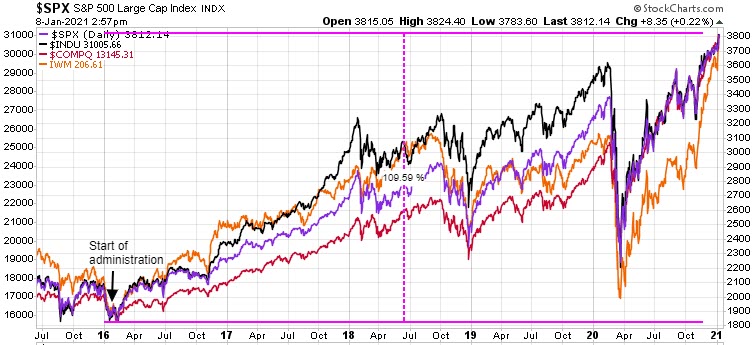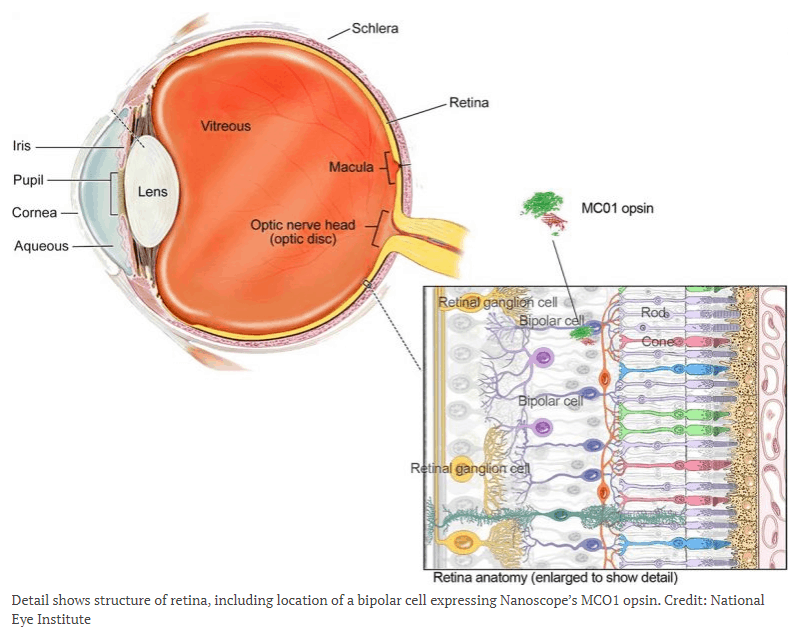NFT – What’s in it for me ?
Non-Fungible Tokens (NFT’s) have been generating a lot of press lately, as there have been some very large buying and selling numbers bandied about, and some very well known names being associated with these digital assets. So what are they and how do they work?
To understand NFT’s you must start with knowing what non-fungible means. It is a term used widely in trade agreements to describe an asset that is unique, for instance, ancient Grecian Urns are all unique and will always have their own individual value. They cannot be bought and sold at a standard market price for ancient Grecian Urns, whereas a bushel of #1 USA Corn is not unique, it is “fungible” in that every bushel is bought and sold at the same prevailing market price for that grain. Assets managed on a Crypto Currency Blockchain are fungible, for instance, Bitcoins are all the same price at any point in time – not a one of them is unique.
The next thing to know is that NFT’s are digital TOKENS that confer ownership and authenticity of an asset. NFT’s use blockchain technologies, just like crypto currencies, to create, buy, sell, and trade digital properties. Blockchain is based on distributed databases that have many copies, and they have proven to be very secure and easily managed with sophisticated computers. NFT ownership is as reliable as BITCOIN ownership – it is the same technology managing both assets. There is no dispute or doubt about who owns the asset, and no doubt that the asset is the real thing, as it cannot be placed on the chain without being verified multiple times. Once placed on the chain it cannot be manipulated or stolen, as the data is not located on a central database, it is located on many widely distributed databases, making it virtually impossible to manipulate or steal.
Also like crypto currencies, NFT’s are managed through dedicated exchanges, where they manage all aspects of NFT’s, such as creation, buying, & selling. This is another market exchange where you will need to set up an account to get in on the action. The most common crypto currency platform used for NFT’s is Ethereum, but there are other digital currencies in play for NFT’s. Common types of items contained in NFT’s are works of original art, proprietary videos, tweets, GIFs, and sport trading cards. The list of NFT assets is growing rapidly, and has recently included houses and other valuable properties.
As an investment, an NFT is similar to buying a real work of art – the value is not in the holding, but in the re-selling of the asset, at a profit of course. Another way for investors to profit from the NFT craze is to invest in those companies providing the enabling software and infrastructure. There have been many Blockchain projects started, and each one takes us a little further down the road to making digital assets totally mainstream. We are at the point now where governments, who are all desperate to increase revenues, are considering developing their own digital currency and even outlawing the private providers of these assets, such as digital exchanges. When this happens governments will finally have first hand knowledge of all digital currency transactions, and be ready and able to tax them all. Once governments have a taste of that revenue stream, would it be much longer before they will want to tap into, or take over, the very lucrative NFT market?
The aim of TREND DISRUPTORS is to discover, explore, and monitor scientific and technical developments, looking for the best ideas, so that we can publish useful, actionable, investment recommendations for our subscribers. As a general rule, our stock recommendations are speculative, and we advise caution, discretion, and thorough research. TREND DISRUPTORS strives to identify investment opportunities that can lead to success for the well-informed investor. Stay tuned !
Note: A new recommendation was just sent out to subscribers. The previous recommendation is up over 20% in just 10 days. The portfolio is up 14% or 77% annualized. To subscribe, see below for some great Special Offers on all our services.
Trend Letter:
Since start-up in 2002 Trend Letter has provided investors with a great track record, giving exceptionally accurate information about where the markets are going, and it has explained in clear, concise language the reasons why. Using unique and comprehensive tools, Trend Letter gives investors a true edge in understanding current market conditions and shows investors how to generate and retain wealth in today’s climate of extreme market volatility.
A weekly publication covering global bonds, currencies, equities, commodities, & precious metals. Over the 20 years Trend Letter has been published, it has achieved an incredible average return of 65% on its closed trades.
Timer Digest says: “Trend Letter has been a Timer Digest top performer in our Bond and Gold categories, along with competitive performance for the intermediate-term Stock category.”
Technical Trader:
Trend Technical Trader (TTT) is a premier trading service, designed to profit in both up and down markets. Included is our proprietary Gold Technical Indicator (GTI).
TTT had another excellent year in 2020 averaging +27.3% per closed trade with an average holding time of 9.5 weeks, or +149% annualized overall.
Over the past 5 years TTT’s closed trades have averaged +40% annualized.
Trend Disruptors:
Disruptive technology trends will propel our future and the reality is that no industry will go untouched by this digital transformation. At the root of this transformation is the blurring of boundaries between the physical and virtual worlds. As digital business integrates these worlds through emerging and strategic technologies, entirely new business models are created.
Trend Disruptors is a service for investors seeking to invest in advanced, often unproven technology stocks on the cheap, with the objective to sell them when masses finally catch on. Covering Artificial Intelligence (AI), Virtual Reality (VR), Augmented Reality (AR), 5G, Quantum Computing & many more.
Trend Disruptors has realized average annualized gains of 178% over its 3 years of service.
Special Offers
| Service | Regular Price | Special Price | Saving | Subscribe |
|---|---|---|---|---|
| Trend Letter | $599.95 | $399.95 | $200 | |
| Technical Trader | $649.95 | $399.95 | $250 | |
| Trend Disruptors | $599.95 | $399.95 | $200 | |
| Better Deals | ||||
| Trend Letter + Technical Trader | $1249.90 | $599.95 | $649.95 | |
| Trend Letter + Trend Disruptors | $1199.90 | $599.95 | $599.95 | |
| Technical Trader + Trend Disruptors | $1249.90 | $599.95 | $649.95 | |
| Best Deal | ||||
| Trend Suite: Trend Letter + Technical Trader + Trend Disruptors | $1849.85 | $799.95 | $1,049.90 |






















